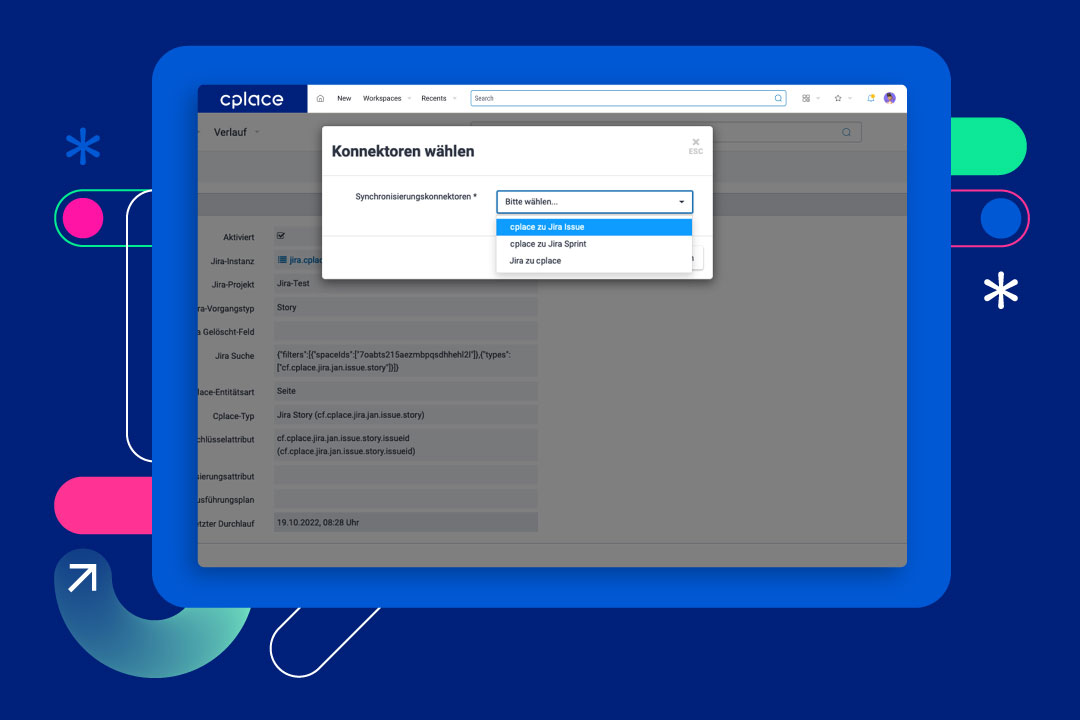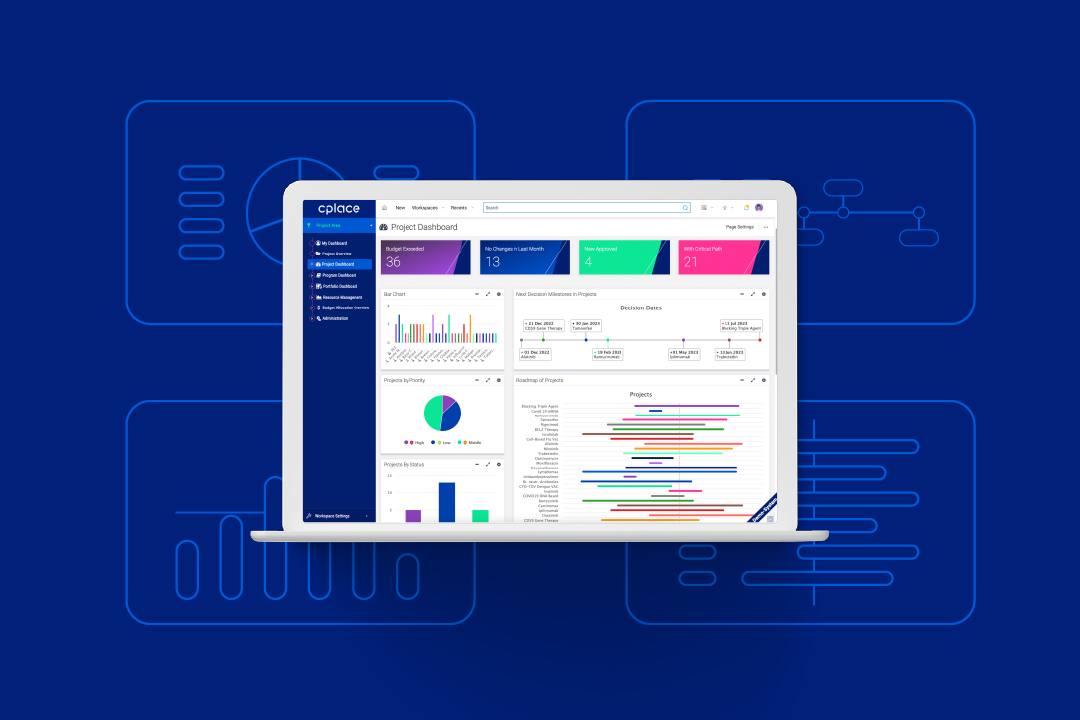Resource Planning

What is resource planning in project management?
Resource planning is a crucial part of effective project management. This process involves the careful planning and allocation of all necessary resources within a project. Resource planning is the key component to efficiently organizing, allocating and controlling a company’s resources. This ensures that orders can be completed smoothly and successfully.
Resource planning covers a wide range of aspects, including the planning and allocation of employees required for a project. The main goal of resource planning in project management is to maximize the efficiency of an assignment, avoid bottlenecks and create the basis for a smooth start to new projects.

Resources in project management
Before starting a project, it is crucial to clarify which resources are required for its successful completion. In terms of project management, the term “resource” refers to all means, factors and elements that are necessary for the successful implementation of a project. This term can serve as an umbrella term for both tangible and intangible resources.
To ensure effective capacity planning, the following elements should be part of the resource plan:
- Employees
- Financial resources
- Skills and know-how
- Technological resources, e.g. resource planning tools and software
- Time resources e.g. project schedule
- Material goods

Content of the resource plan
The content of a resource plan in project management can be varied and depends on the specific requirements of the project. A precise resource plan details the exact quantities of stockable resources (e.g. office supplies) and non-stockable resources (e.g. labor) required. The considerations considered during resource planning significantly influence the time and budget planning of projects.
A resource plan should therefore contain the following elements:
Determining the required resources
Identification and determination of the resources required for the project
Resource assessment
Estimation of the required scope, quantity and quality of resources
Allocation of resources and responsibilities
Allocation of resources and responsibilities for specific tasks in the project
Determining the duration of resource utilization
Determining the period in which the resources are to be used in the project
Budget planning
Estimation of costs for each project phase
Risk analysis
Assessment of potential risks and challenges
How do I create a resource plan for a project?
Resource planning is a crucial process in corporate management that essentially comprises the following steps:
- Recording of company resources: In this step, all of the company’s resources are recorded and documented along with their capacities. This forms the basis for the efficient allocation of resources.
- Checking availability and procuring resources: Checking availability and procuring the required resources is a crucial step in resource management to ensure that the necessary resources are available at the planned time. Resource planning tools can be helpful here.
3. Immediate project planning: In immediate project planning, all necessary resources are allocated to the various subtasks and stages of the project. Each task is given a duration and a planned workload in order to structure the entire course of the project. Budget planning and the identification of possible risks also play an important role here.
4. Monitoring and adjusting the resource plan: Once the resources for project implementation have been compiled in the team, they must be continuously monitored and adjusted. It is important to react flexibly to changes in resource requirements and to keep an eye on capacity and utilization.
The advantages of resource planning in project management
Efficient use of resources
Clear planning allows resources to be used optimally, which leads to efficient project implementation. It also gives the project management an optimal overview of all intangible and tangible assets.
Cost efficiency
Accurate resource planning enables precise cost calculation and control, which can lead to cost savings and improve budget management.
Effective scheduling
A clear allocation of resources enables precise scheduling. This promotes compliance with deadlines and schedules.
Flexibility
The ability to adapt to changing requirements improves the flexibility of the project.
Promoting collaboration
Software-supported resource planning promotes team and departmental collaboration by providing a common platform for sharing information and resources.
Tools and software for resource planning in project management
There are many resource planning tools and software solutions that support organizations in the efficient allocation, coordination, and monitoring of resources. They offer different approaches and functionalities. The choice often depends on specific requirements and preferences.
Jira
Originally developed for agile software development, Jira is also used for resource planning in project management. It offers functions for effective resource allocation, monitoring and optimization in order to carry out projects successfully.
- Agile resource allocation: Jira offers functions for agile resource planning. It can react flexibly to changing requirements.
- Customizability: The platform is highly customizable and can be adapted to different workflows and requirements to ensure optimal resource utilization.
- Collaboration: Jira provides a transparent view of resource availability and promotes collaboration through real-time data.

Microsoft Project
Microsoft Project is a widely used project management software that can also be customized for resource planning. It offers functions for planning, managing, monitoring, and optimizing projects and resources and ensures that projects can be completed on time and within budget.
- Integration with other Microsoft tools: Seamless integration with other Microsoft products such as Excel and SharePoint facilitates data sharing and collaboration.
- Versatility: Microsoft Project is versatile and can be adapted to different project types and sizes.
- Project management: Gantt charts can be used to visualize task relationships, which in turn facilitates project planning and tracking. Budget management tools can also enable cost tracking and budget management.

cplace
cplace is a flexible and customizable software platform for next-generation project and portfolio management that can also be used for resource planning. Organizations can select different solution modules according to the mix & match principle to suit their individual needs.
- Premium Application Resource Manager: The app offers modular individual modules that can be adapted to individual requirements using no and low code. This means that departments can continue to work according to their processes and best practices and still use consolidated resource management.
- Single source of truth: All users work in the same system and on a shared database. This prevents isolated solutions and avoids loss of information.
- Transparency: Teams receive transparency about cost centers, organizational units and locations and determine individually which resources should be coordinated.
For more information on the cplace resource management solutions, please visit our resource management page.
